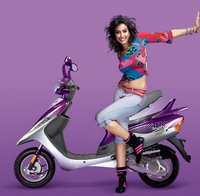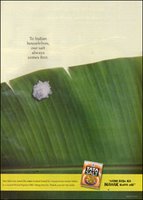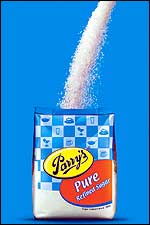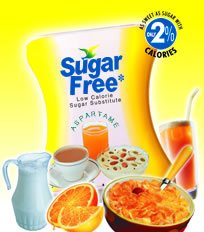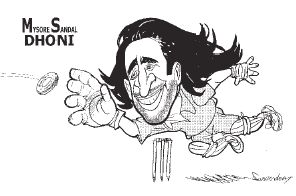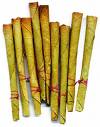Company: Mastercard Worldwide
Agency: McCann Erickson
Brand Count ; 165
Mastercard is one of the pioneers in the global credit card business. Born in 1967, the brand is the second largest player in the Indian plastic money market trailing behind the global leader Visa.
Diners Club issued the world’s first universal credit card in 1920. Mastercard was born from an alliance created by United California Bank, Wells Fargo,Crocker National Bank and Bank of California. This alliance was pitted against the Bank Americard issued by Bank of America that later became Visa.
The original name of Mastercard was Master Charge Inter Bank Card which later shortened to Mastercard in 1979. In 2002, Mastercard International was absorbed by Europay International SA and in 2006 the company changed its name from Mastercard International to Mastercard Worldwide.
The business of credit card works in different layers. There are four players in the business.
- Network
- Issuer
- Users
- Establishments
The networks consists of players like Mastercard ,Visa who are the credit card companies .These companies have linkages and association between different banks and facilitate transactions between users , the establishments and the banks .The issuers are the banks that issue the credit cards like the ICICI, HDFC etc.The users are card users and establishments are those who accept credit cards as a mode of payment.
How credit card works?
When the user buy something, the network ratifies the user’s credibility and authorize the establishment to proceed with the transaction.The netwok then instruct the bank to make the payment to the establishments.(This the layman’s description of how credit cards work).
The cred it card companies make money through the association fees paid by the banks and the fees paid by the establishments. The issuers make money by the interest charges paid by the users when they avail the revolving credit facility. Issuers also charge the users annual fees for issuing the card.The establishment benefits by the higher purchasing power of the users .
it card companies make money through the association fees paid by the banks and the fees paid by the establishments. The issuers make money by the interest charges paid by the users when they avail the revolving credit facility. Issuers also charge the users annual fees for issuing the card.The establishment benefits by the higher purchasing power of the users .
Mastercard is positioned on the emotional platform rather than on the rational platform that Visa uses. The brand has the famous campaign “ There are somethings money can’t buy, For everything else there's Mastercard”. The campaign known as Priceless campaign was launched in 1996.The campaign executed by Mccann Erickson rejuvenated the sagging fortunes of the brand during 1996. The brand at that time was facing disaster, the sales was sliding and the competition from Visa was slowly pushing Mastercard to oblivion.The Priceless campaign was indeed Priceless for the brand.
The main attribute that consumers look for in a credit card was its acceptability in shops ( reach). Visa was a leader in this and the positioning was based on its awesome acceptability.Together with the reach, the Visa also was building its equity through celebrity endorsements.
Mastercard at that time had no clear positioning and was not focused on any one attribute.This diluted all the previous campaigns for Mastercard. What the brand needed badly was some meaningful differentiation.
The Priceless campaign was aimed at differentiating this brand on the basis of intangibles ie emotions. The campaign is based on the big idea that cost of ownership is one thing and the emotional value that one derives out of it is another thing. Mastercard wanted to say to the consumers that the Mastercard is the best way to pay for every thing that matters. It wanted to show how the purchases can enhance the quality of the consumer’s everyday like. So the brand takes Money as a competition rather than other cards. This campaign is cited as an example of breakaway positioning .The campaign is already 10 years and some 170 campaigns old .This is a classic case of a successful global positioning and one of the most successful campaigns ever.
In India too the brand is riding on the Priceless campaign. The company very cleverly mixes local version of the campaign and the global versions to keep the excitement live. This campaign has established the brand recall for Mastercard in the Indian market. The Indian credit card market is a large one with a market size of $4 bn and there estimated to be around 17 mn cards and growing very fast. The market is skewed towards Visa but Mastercard has gained its rightful share with the help of the Priceless campaign.
Priceless campaign was extended not only to the credit cards but also to other retail products of Mastercard. The campaign is now extending itself to consumers and asking consumers to share their Priceless moments with the company through its website “ Priceless.com”. The brand is an example of the power of Big Idea and a lesson for all who are bored with a successful positioning and want to change the positioning for the sake of change.
Source: Breakaway branding by Kelly &Silverstein, Wikipedia,mastercard.com





